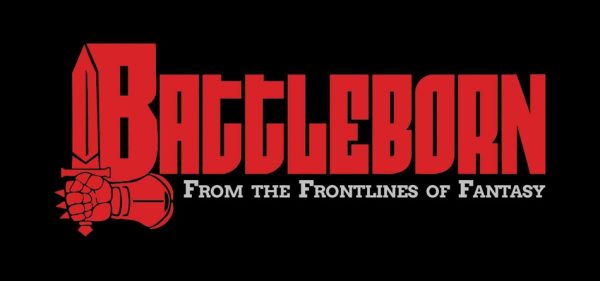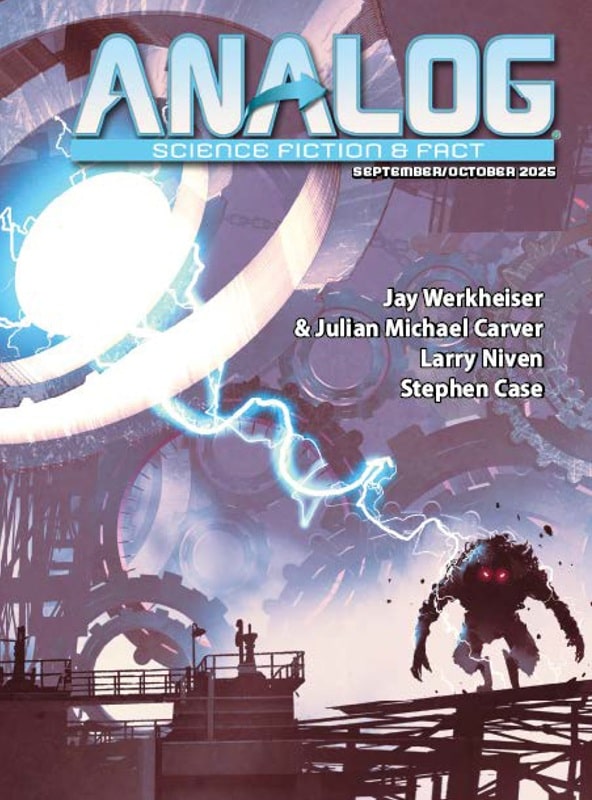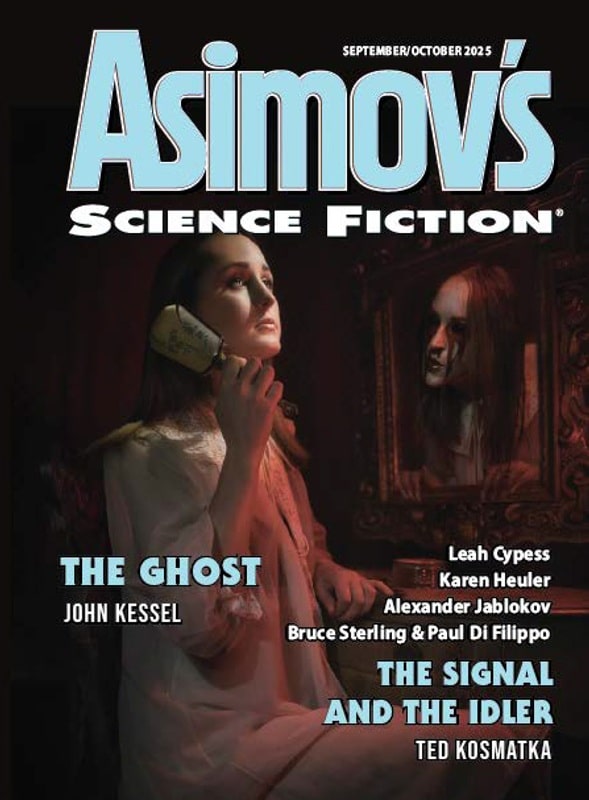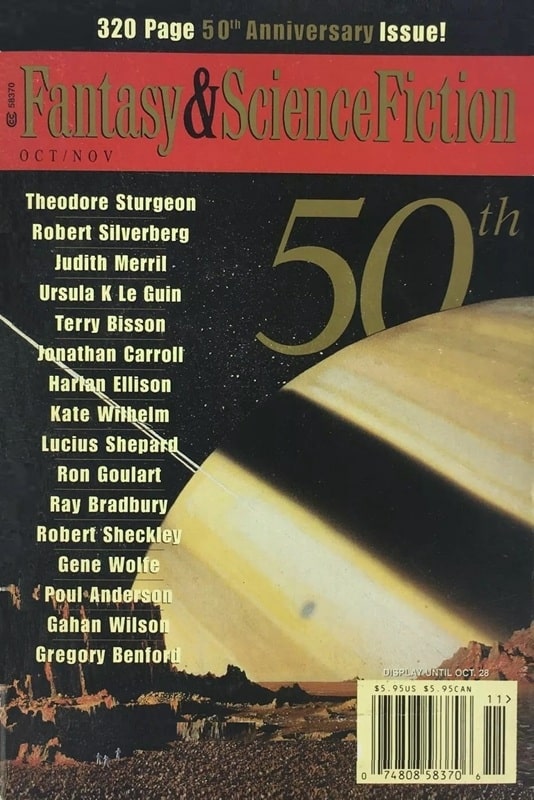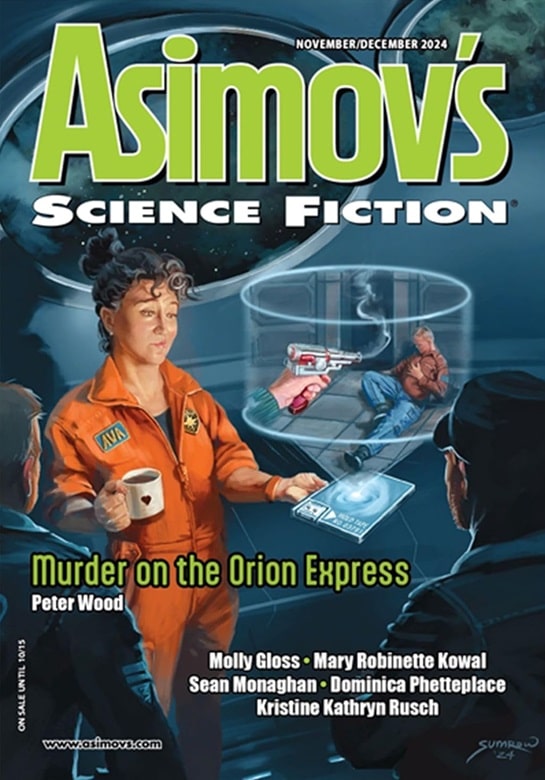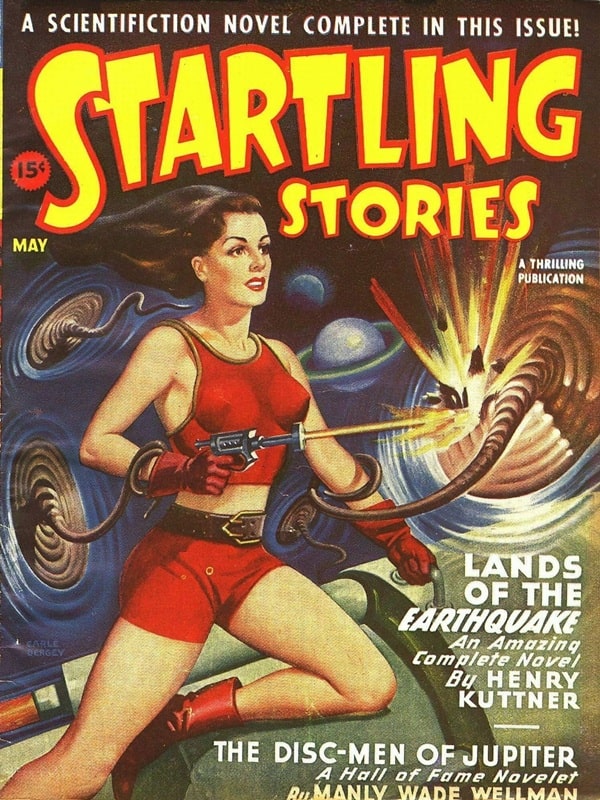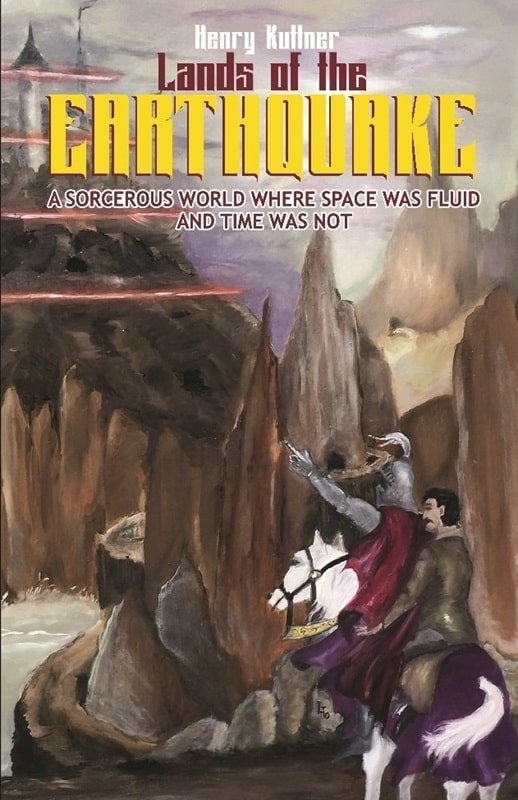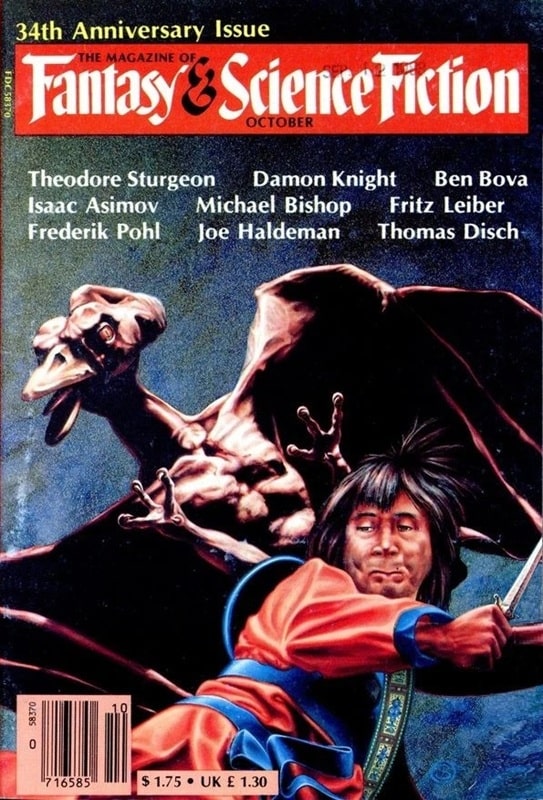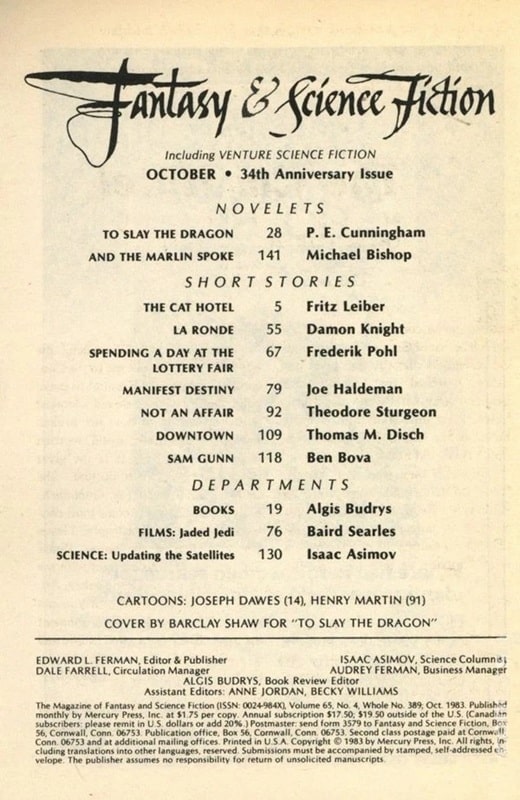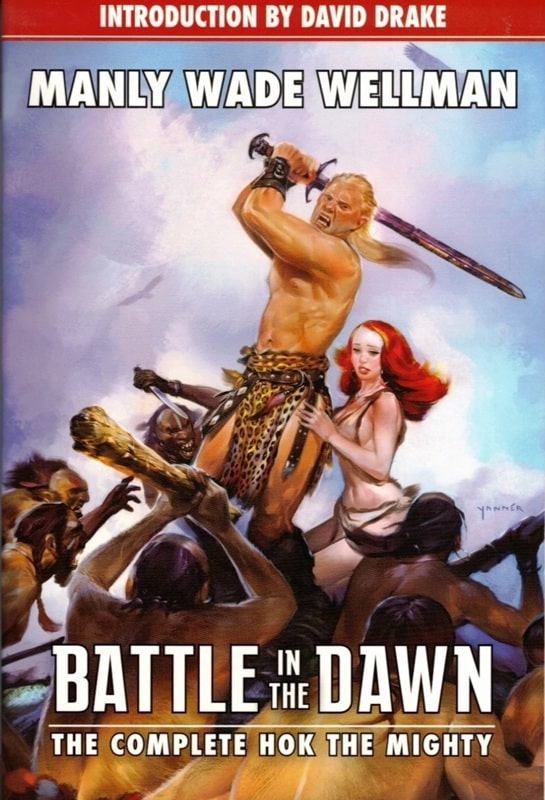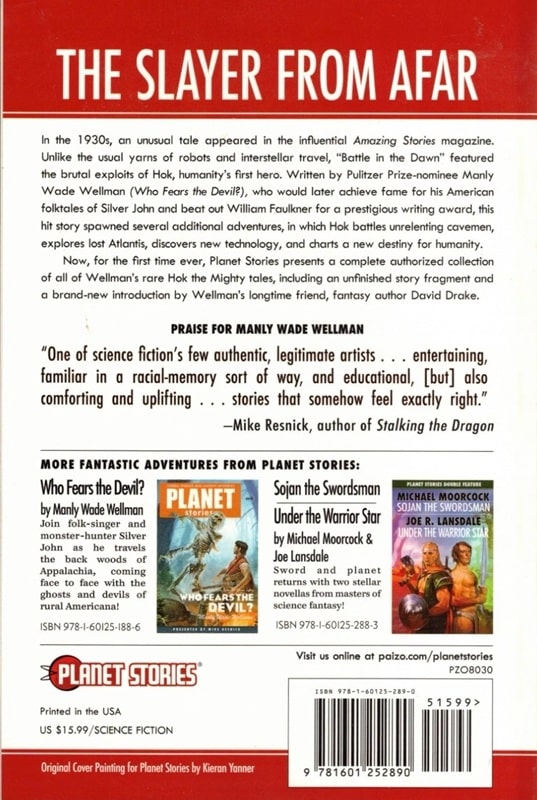The Battleborn Interviews: the Final Chapter!
Having returned the Eye of Rhynn and the Hand of Kwll to their rightful (quite frightening) owners, Sean CW Korsgaard and I sat down to conclude our Sword & Sorcery chat, and to focus once more on his upcoming magazine Battleborn. Thanks to a successful Indiegogo campaign, Issues One and Two are now fully funded, both digital and print.
Read Part One of the interview here, and Part Two here.
Battleborn is positioning itself as a sword & sorcery outlet. Speaking both as editor and fan, how is that different from epic or high fantasy? What elements or touches make a story S&S?
What makes the sword-and-sorcery subgenre are a combination of five factors. First up, the Protagonist. Unlike, for example, epic fantasy, which have large casts or changing points of view, a work of S&S typically follows a single protagonist, or the odd duo. I say protagonist instead of hero for a reason –– many of these characters are rogues, mercenaries, rebels, savages, and scoundrels, if not antiheroes or outright villainous. They are often underdogs or outsiders, and often on the road or far from home, akin to lone gunslingers of American westerns and the wandering samurai of Japanese folklore.
